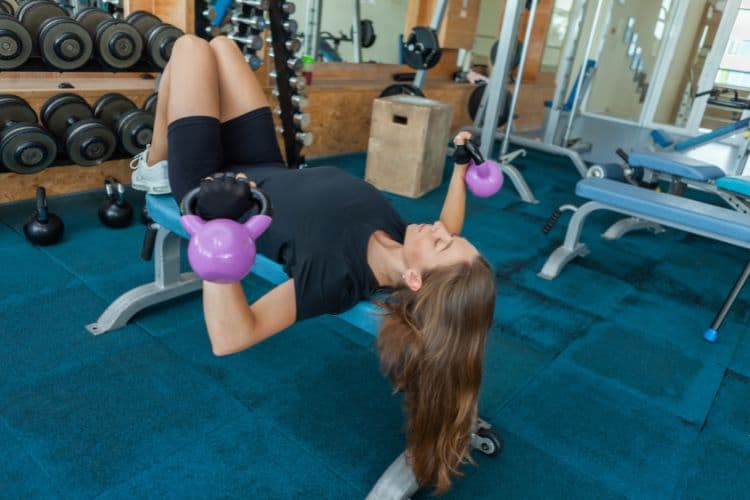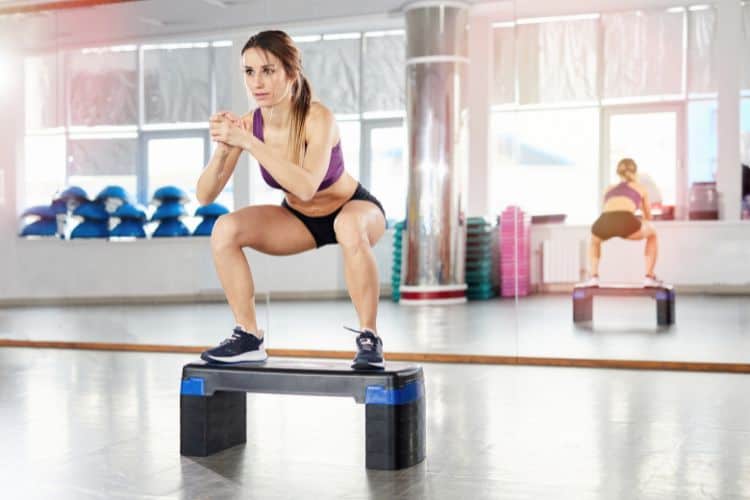Sign up for workout ideas, training advice, reviews of the latest gear and more.





When it comes to achieving maximum results in less time, few training strategies can match the efficiency and effectiveness of compound exercises. A full body compound workout plan combines multi-joint movements that target multiple muscle groups at once, making it ideal for building strength, burning calories, and improving overall fitness. Whether you are a beginner or an experienced lifter, following a structured compound training plan can help you reach your goals faster.
In this guide, we’ll break down everything you need to know about creating and following a full body compound workout plan—from the science behind compound lifts to sample workouts, benefits, and progression strategies.
Compound exercises are multi-joint movements that engage multiple muscle groups at the same time. Unlike isolation exercises, which target a single muscle (like bicep curls or leg extensions), compound movements maximize efficiency by working several areas of the body simultaneously.
By training compound lifts, you’ll recruit more muscle fibers, burn more calories, and stimulate more strength and growth compared to isolation-only routines.
Compound movements allow you to train your entire body in fewer exercises. This means you get a time-efficient workout without sacrificing effectiveness.
Since more muscles are engaged at once, compound lifts boost calorie expenditure and stimulate a higher metabolic response, helping with fat loss and conditioning.
Full body compound training improves functional strength, making you stronger in real-life movements such as lifting, carrying, and pushing.
Big lifts like squats and deadlifts stimulate the release of anabolic hormones such as testosterone and growth hormone, which support muscle growth and recovery.
Compound lifts are ideal for progressive overload—the gradual increase of weight, reps, or intensity to ensure continuous muscle growth and strength gains.
To design an effective program, follow these training principles:
Before jumping into heavy lifts, proper preparation is essential. A 10–15 minute warm-up should include:
This primes your muscles, joints, and nervous system for maximum performance and injury prevention.
This beginner-friendly workout focuses on mastering basic compound lifts with proper form.
Schedule Example: Alternate Workout A and Workout B three times per week (e.g., Monday, Wednesday, Friday).
Once you’ve built a foundation, progress to heavier weights and more volume.
For experienced lifters, training intensity and volume increase significantly.
Add small increments of weight each week or increase total reps/sets.
Rotate squat variations (back squat, front squat, goblet squat) and pressing variations (bench press, incline press, push press).
Cycle between strength, hypertrophy, and endurance phases every 4–6 weeks to prevent plateaus.
Full body workouts are demanding. Ensure 48 hours of recovery between heavy sessions and get 7–9 hours of sleep per night.
Aim for 1.6–2.2g of protein per kilogram of bodyweight to support muscle growth.
Fuel workouts with complex carbs like oats, rice, and sweet potatoes.
Include avocados, nuts, and olive oil to support hormone production.
Stay hydrated to maintain performance and recovery.
This type of plan is great for:
A full body compound workout plan is one of the most efficient and effective ways to build strength, increase muscle mass, burn fat, and enhance overall performance. By focusing on multi-joint lifts like squats, deadlifts, bench presses, rows, and pull-ups, you’ll train smarter, not longer.
Consistency, progressive overload, and balanced nutrition are the keys to success. Whether you’re a beginner learning the basics or an advanced lifter pushing your limits, compound training offers endless opportunities for growth.
Want more workout and video guide?
Follow us on Pinterest, Facebook, and Subscribe to our Newsletter and Stay tuned for FREE downloads of our App coming soon!
Stay up to date on the latest women’s health, fitness and lifestyle trends and tips.